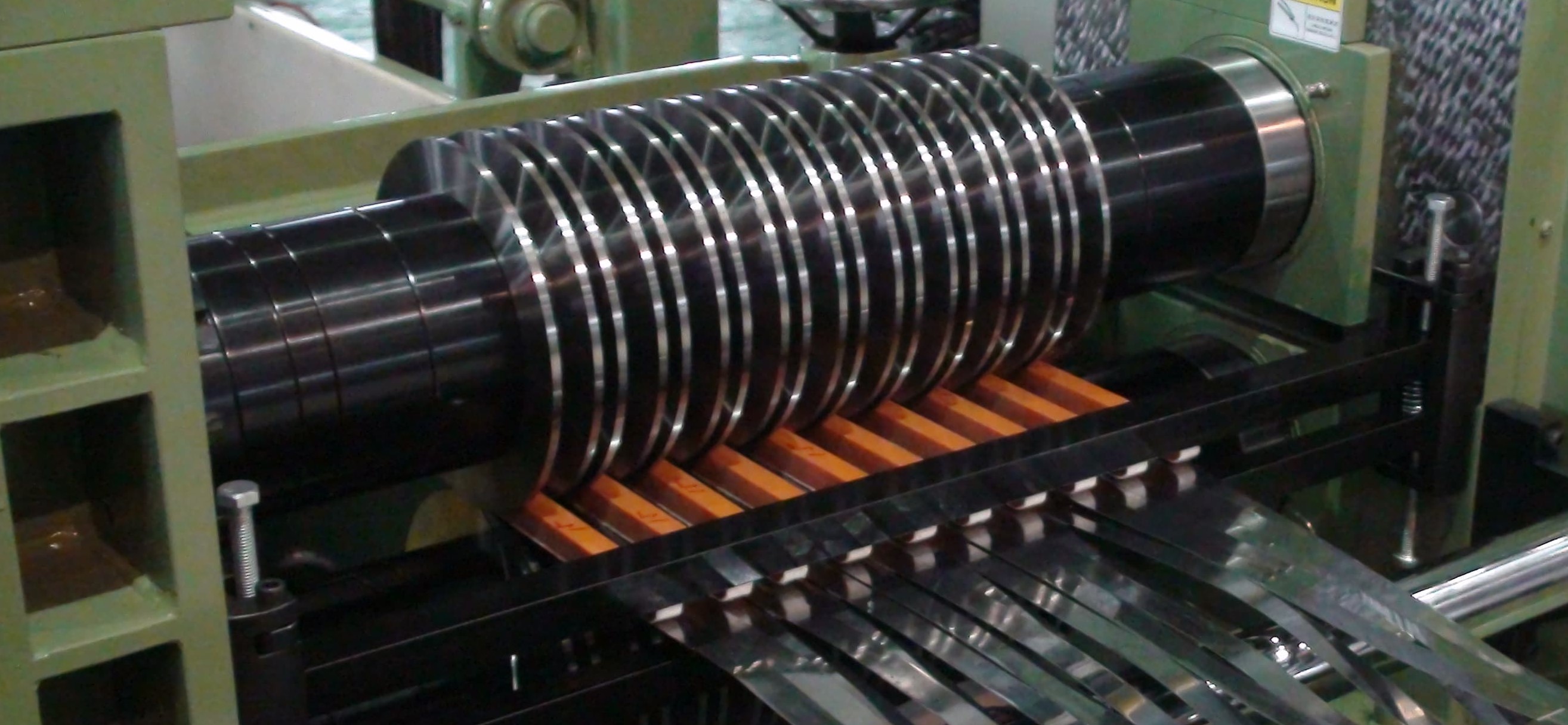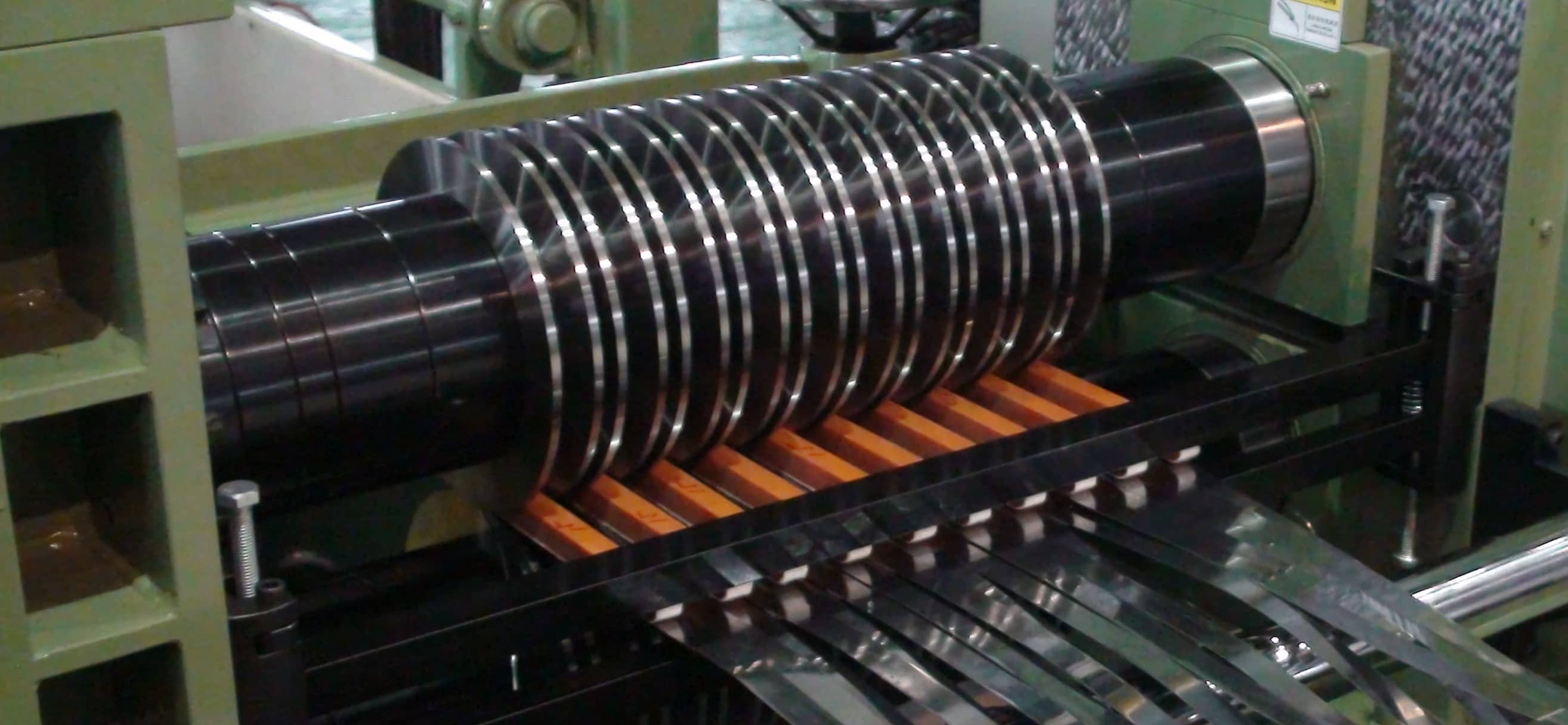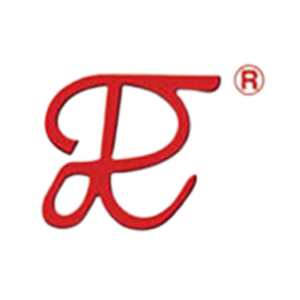2021-12-13
The Basics of Slitter Machine

Slitter machines are used for the tubular knit fabric to create it in an open form. With open form fabric finishing line, the slitter machines are used following hydro-extractor, drying machine, and dewatering.
Slitting refers to the process applied to cut tubular fabric through the preferred break Wales line on a lengthwise direction before stenter processing. In the slitting process, it is important to know the cutting line or else, fabric faults may occur.
Slitting Objectives
A slitting machine can help achieve the following objectives:
- To get the fabric ready for the following stentering process.
- To open the tube fabric based on the specific needle mark.
Functions of Slitting Machines
Slitting machines have several functions, and some of these are the following:
- Before squeezing, there is a balloon formed using the compressed air that passes by an air sprayer or nozzle.
- Fabric is delivered in a crease-free state.
- This can control the fabric’s diameter as well as the shrinkage and GSM through overfeeding mechanism.
- It is used for slitting the tube fabric using the knife to open the fabric and prepare it for stentering.
- This is used for removing excess water after dyeing and pretreatment.
Slitter Machine’s Main Parts and Their Specific Functions
Here are main parts of a slitter machine together with their functions:
- Sensor
The sensor is used for identifying the specific Wales line. This makes sense to cut through or break the Wales line.
- Rotary Blades
The rotary blade is used to cut the fabric through the break Wales line.
- Ring
The ring is used for helping in the process of cutting.
- Plaiting
Plaiting allows plaits to be formed on the open fabric.
- Guide Roller
When slitting is done, the fabric will be plaited. The guide roller is the one that guides the fabric to be plaited.
Parameters Checked After Slitting
There are several parameters checked after the slitting process:
- Fabric Faults
Fabric faults are inspected after the process of slitting.
- Cutting Line Check
The slitting machine operator checks the fabric cutting line. The operator will also check to ensure that the rotary blade was able to cut the fabric through the break Wales’s line.
- Slant and Bow Check
The operator checks the slant and bow in the machine’s delivery side.
Working Principle of a Slitter Machine
There are four units in a slitting machine, and these are padder, slitter, de-twisting, and initial squeezer. After dyeing and extraction of water from the fabric is completed, the fabric will now be fed to the slitting machine.
This is why it is important for water to be removed first in the case of further processing in the machine. The process is carried out by the initial squeezer. The de-twisting unit eliminates the twists that might present in a form of tubular rope in the fabric.
The unit features three de-twisting rollers, two feeler rollers that feature sensors, and one rotation drum. These rollers will detect twists in the fabric and remove them through rotating the fabric rope fabric in the opposite direction.
Prior to slitting, a blower will blow air for opening the tubular fabric, making it easier to pass over the cigger. This cigger is extendable in circumference, opening the tubular fabric in the full circumference.
The slitting is carried out with the use of the open mark that detects the golden eye by around the knife. The fabric will then pass through the padder in which chemical treatment or washing is done. The squeezer is used for removing 60% to 70% of water. Once water is removed, the stretcher controls the width, and the folding device will deliver the fabric.
TOA DR ENTERPRISE CO., LTD.
TEL : 886-2-29957607
FAX : 886-2-29955048
No.24, Lane 30, Sec. 1, Guangfu Rd., Sanchong Dist., New Taipei City 24158, Taiwan

